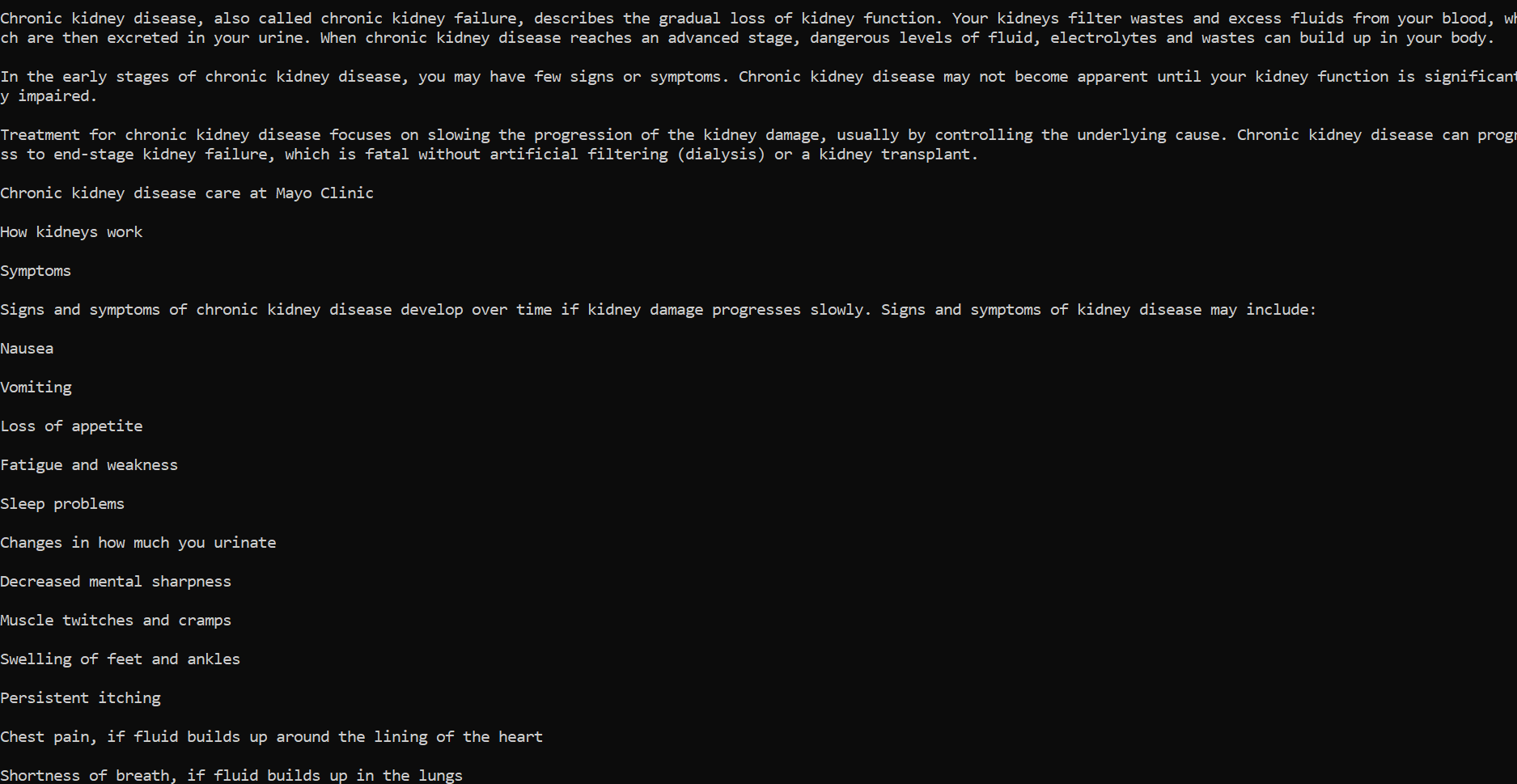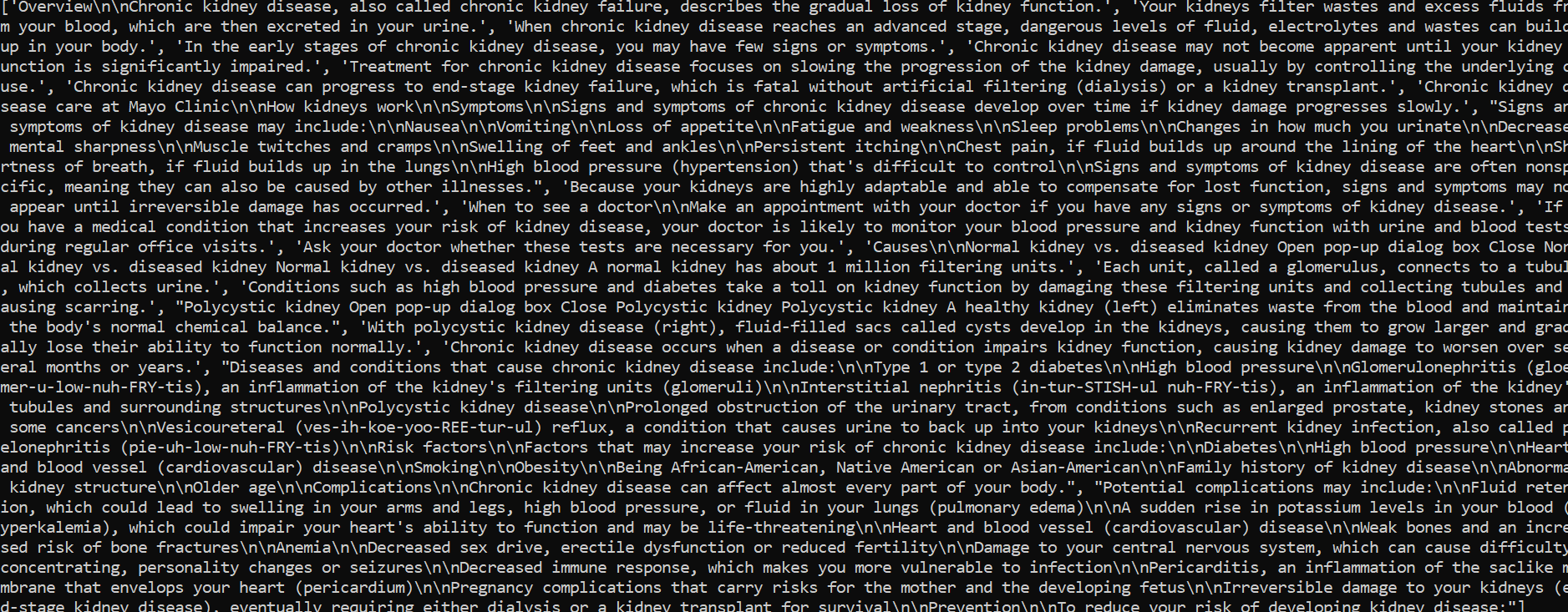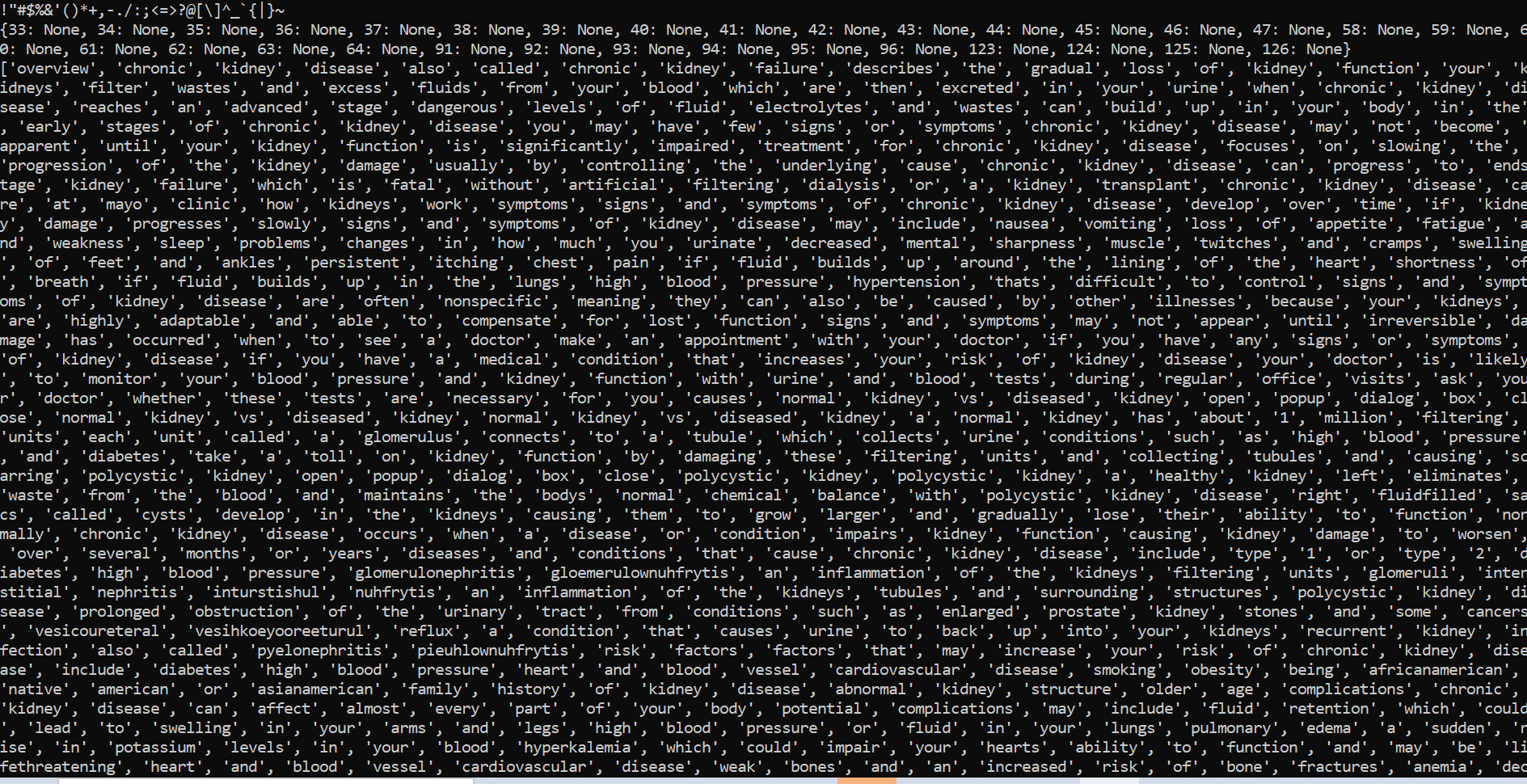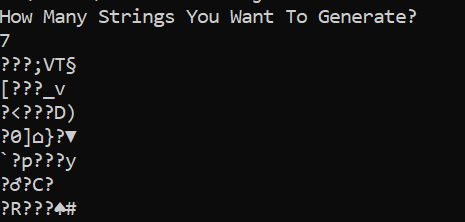Difference between ETL and ELT
What is ETL?
ETL stands for Extract, Transform and Load. It is a technique that involves extracting the data/record from sources and passing it to a staging area, followed by transforming (Extraction, cleansing, aggregation). It reformats the data by performing some business manipulation to utilize those data to satisfy operational needs for data analysis. Later, such data are loaded into the specified database or data warehouse.
Practical Implementation of ETL
A chatbot is developed using Python programming language to explain the ETL technique practically. The algorithm for the same is explained below:
For a better understanding of the ETL, technique let's look at the below-given algorithm, which explains the implementation of the ETL technique practically.
Step 1: Download the records from the specified sources
PseudoCode:source=Article(‘Specify Source URL’)
source.download()
With the help of the above code, we can download the required data from the specified source URL. This step can be termed Extraction.
Code:source=Article('https://www.mayoclinic.org/diseases-conditions/chronic-kidney-disease/symptoms-causes/syc-20354521')
source.download()
Explanation: With the help of the above code we are downloading the data from the source URL which is specified above,
Output:

In fig (1.1) we can see that the entire data is downloaded from the specified source and this step is ETL technique is termed as Extraction.
Step 2: Perform data manipulation. i.e., perform various operations on the downloaded source data according to organization needs. This process in the ETL technique is termed staging.
In our program we are performing various manipulations on our downloaded data such as tokenization, converting the source data/records in the form of dictionary (key: value) pairs, removing punctuations from the source records/data. The purpose of performing such transformations on the source data is to remove unwanted features from our records so that our data is accurate and consistent. This process is termed Staging.
Step 2.1: Convert the source records into tokens i.e. perform tokenization (convert the text into sentences).

Step 2.2: convert the text into a dictionary to remove punctuations, and convert the dictionary again into tokens and print the revised text.
.
Output:

Step 3: Save those records into any database or any data warehouse. The process of loading the transformed data into the data warehouse is called Loading.
Advantages of ETL Technique
The advantages of ETL Technique are as follows:
- Development time is minimized
Only applicable information to the solution is extracted and processed
- Ability to find targeted data in less amount of time
The data warehouse consists of information that is relevant and hence not unwanted information is stored into the data warehouse. Thereby we can find our targeted data in less amount of time.
- Variety of tools available
There are a large number of tools available to implement the ETL technique, which provides us the flexibility to choose the most appropriate tool needed at that point.
Challenges in ETL
The nature of the source systems is one of the major challenges in ETL techniques because of the following reasons:
- Source systems are diverse and different.
- Hence, there is a need to deal with source systems on multiple platforms using different operating systems.
- Many source systems belong to some older legacy applications, which run on obsolete database technologies.
- Dubious data exists in old source systems.
- Even when inconsistent data is detected there are no proper resources available to solve the disparity and hence it results in inconsistent data.
What is ELT?
ELT is an abbreviation of Extract, Load & Transform. ELT first extracts the data from the specified source system and then loads them into an appropriate target database, instead of performing any transformations on them. Once the data is loaded into the specified database, then manipulations on the source data take place. In the ELT technique, the load phase is kept isolated from the extract and transform phase. Separating the load phase with the extraction and transformation phase enables the data to be broken down into smaller chunks, making it more specific.
Practical Implementation of ELT
For a better understanding of the ELT, technique let's have a look at the below-given algorithm which explains the implementation of the ETL technique practically.java programming language is utilized for the development of the algorithm. The algorithm for the same is explained below:
Step 1: Extract the data from various sources.
Step 1.1: Take the number of strings the user wants to generate. Based on the user input, generate that many numbers of random strings.
The above step in technical terms can be imagined as extracting various strings from different data sources. This process is termed Extraction.

Step 2: Load the extracted data into some database or data warehouse. In our algorithm, we are storing the data into an array list collection framework which acts as our data warehouse/database. This process is termed Loading.

Step 3: If you need to perform any manipulations on the source data, extract it from the data warehouse, perform suitable transformations and store the data back. This process is termed Transform.
Advantages of ELT Technique
The advantages of ELT Technique are as follows:
- Flexible and future requirements are preserved
All the source data is loaded into the data warehouse as a part of the extract and load process. So, when any data manipulations have to be performed on the loaded data, the same can be done by retrieving the loaded data from the data warehouse performing necessary changes. Thus, committing those changes into the data warehouse enables incorporating future requirements into the data warehouse easily.
- Utilization of existing skillsets
With the help of database engine functionality, investments which are exists in the database can be reused to develop the database. There is no need to learn any new skills which reduce cost in the development process.
- Utilization of existing hardware
To implement the ELT technique no separate specialized tools are required. All essential tools needed to implement the ELT technique is provided by the database engine.
- Minimization of risks
Deleting the interdependencies between every technique of the database warehouse built system ensures that the development method is isolated which in turn provides a good platform for change maintenance and management.
Disadvantages of ELT Technique
(1) Availability of tools
There are limited tools available to implement the ELT technique.
(2) Against the rules
Sometimes while designing a complex scenario requires change in design approach.
Difference between ETL and ELT
| Parameters | ETL | ELT |
| Process | Data is first manipulated at the staging area and then it is transferred to the data warehouse. | Data stays in the data warehouse. |
| Usage | Used for: Intensive transformationsLess amount of data | Used for a large amount of data. |
| Transformations | Transformations are performed at the staging area/server. | Transformations are performed at the target system. |
| Implementation & complexity | Easy to implement at an early stage. | Difficult to implement as knowledge of tools and expert skills are needed. |
| Time maintenance | Requires high maintenance as in data selection is required to perform transformations. | Low maintenance as data is always available in the data warehouse. |
| Time load | Time taken to load data is high as the data first needs to be extracted, transformed, and then loaded into the data warehouse. | Time taken to load data is less as data is directly stored in the data warehouse. |